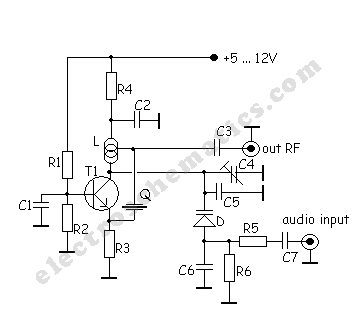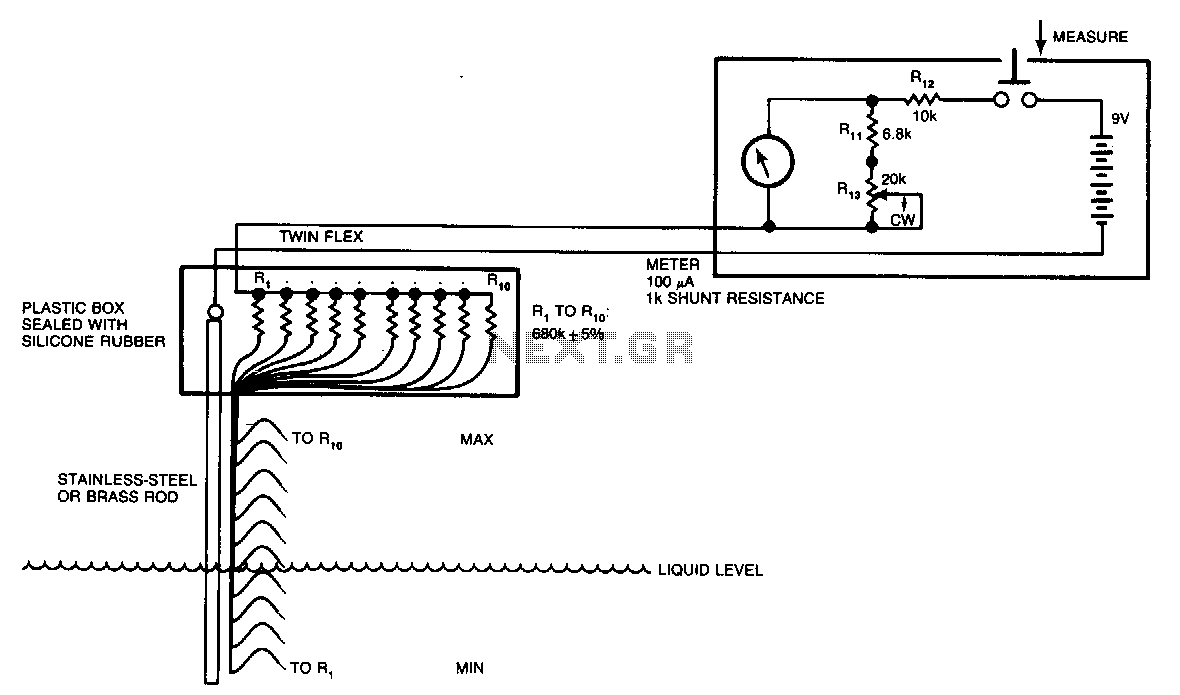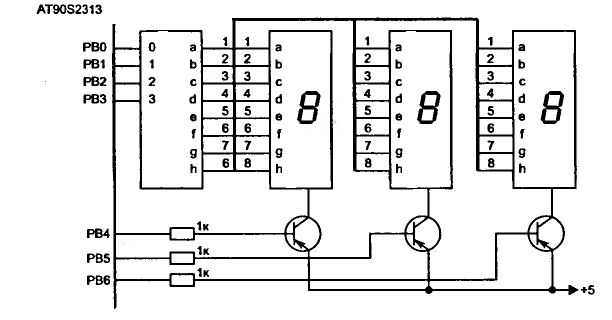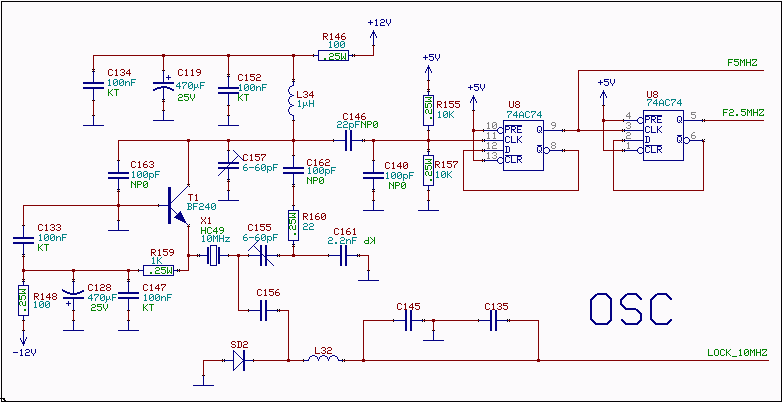
LCD Liquid Crystal Display

An LCD essentially comprises two glass plates with a layer of liquid crystal material sandwiched between them. The LCD utilizes an electrically controlled light-polarizing liquid.
The liquid crystal display (LCD) operates based on the manipulation of light through liquid crystals, which can change their optical properties when an electric field is applied. The construction of an LCD involves several key components: two polarizing filters, a liquid crystal layer, electrodes, and a backlight source.
The two glass plates serve as the structural framework for the display. The inner surfaces of these plates are coated with transparent conductive material, typically indium tin oxide (ITO), which forms the electrodes. These electrodes are arranged in a grid pattern, allowing for the precise control of individual pixels. The liquid crystal layer, which is responsive to electric fields, is placed between these electrodes.
When a voltage is applied across the electrodes, the liquid crystals align in a specific orientation, altering how they interact with light. The first polarizing filter allows only light waves aligned in a certain direction to pass through. As the light travels through the liquid crystal layer, its polarization state is modified based on the orientation of the liquid crystals. The second polarizing filter is aligned perpendicular to the first, meaning that if the liquid crystals are not activated (i.e., no voltage is applied), the light is blocked, resulting in a dark pixel.
When a voltage is applied to a pixel, the liquid crystals twist, allowing light to pass through the second polarizer, thus illuminating that pixel. This principle enables the display to produce images by varying the intensity of light for each pixel, effectively creating a full-color image when combined with RGB (red, green, blue) subpixels.
The backlight is essential for LCD operation, as it provides the necessary illumination for the display. Common backlight technologies include LED (light-emitting diode) and CCFL (cold cathode fluorescent lamp), both of which serve to enhance visibility in various lighting conditions.
In summary, the LCD technology relies on the interaction of light with liquid crystals controlled by electrical signals, enabling the creation of images on a flat panel display. This technology is widely utilized in various applications, including televisions, computer monitors, and mobile devices, due to its efficiency and versatility.An LCD basically consists of two glass plates with some liquid crystal material between them. The LCD has an electrically controlled light polarising liqui.. 🔗 External reference
The liquid crystal display (LCD) operates based on the manipulation of light through liquid crystals, which can change their optical properties when an electric field is applied. The construction of an LCD involves several key components: two polarizing filters, a liquid crystal layer, electrodes, and a backlight source.
The two glass plates serve as the structural framework for the display. The inner surfaces of these plates are coated with transparent conductive material, typically indium tin oxide (ITO), which forms the electrodes. These electrodes are arranged in a grid pattern, allowing for the precise control of individual pixels. The liquid crystal layer, which is responsive to electric fields, is placed between these electrodes.
When a voltage is applied across the electrodes, the liquid crystals align in a specific orientation, altering how they interact with light. The first polarizing filter allows only light waves aligned in a certain direction to pass through. As the light travels through the liquid crystal layer, its polarization state is modified based on the orientation of the liquid crystals. The second polarizing filter is aligned perpendicular to the first, meaning that if the liquid crystals are not activated (i.e., no voltage is applied), the light is blocked, resulting in a dark pixel.
When a voltage is applied to a pixel, the liquid crystals twist, allowing light to pass through the second polarizer, thus illuminating that pixel. This principle enables the display to produce images by varying the intensity of light for each pixel, effectively creating a full-color image when combined with RGB (red, green, blue) subpixels.
The backlight is essential for LCD operation, as it provides the necessary illumination for the display. Common backlight technologies include LED (light-emitting diode) and CCFL (cold cathode fluorescent lamp), both of which serve to enhance visibility in various lighting conditions.
In summary, the LCD technology relies on the interaction of light with liquid crystals controlled by electrical signals, enabling the creation of images on a flat panel display. This technology is widely utilized in various applications, including televisions, computer monitors, and mobile devices, due to its efficiency and versatility.An LCD basically consists of two glass plates with some liquid crystal material between them. The LCD has an electrically controlled light polarising liqui.. 🔗 External reference





